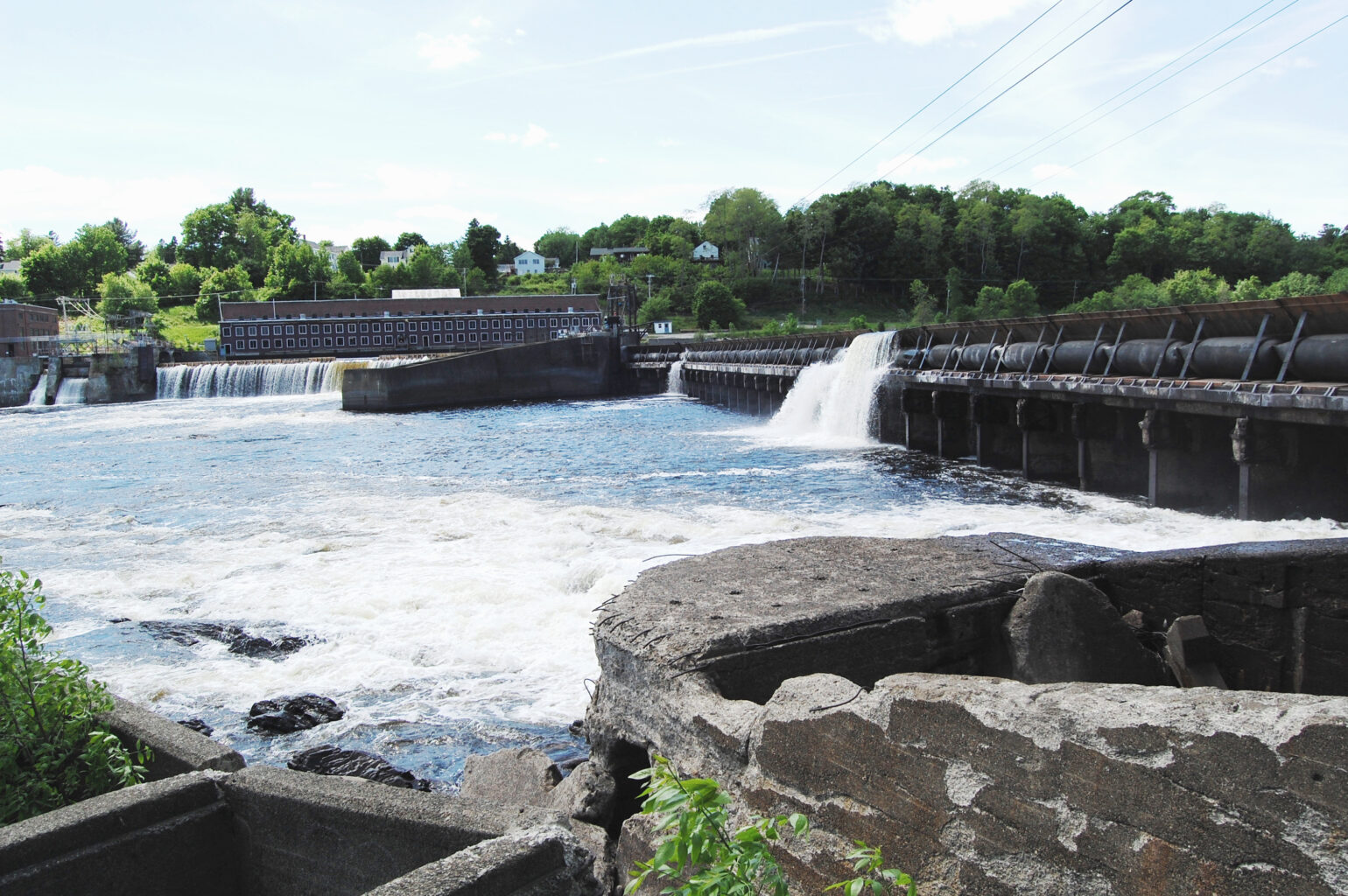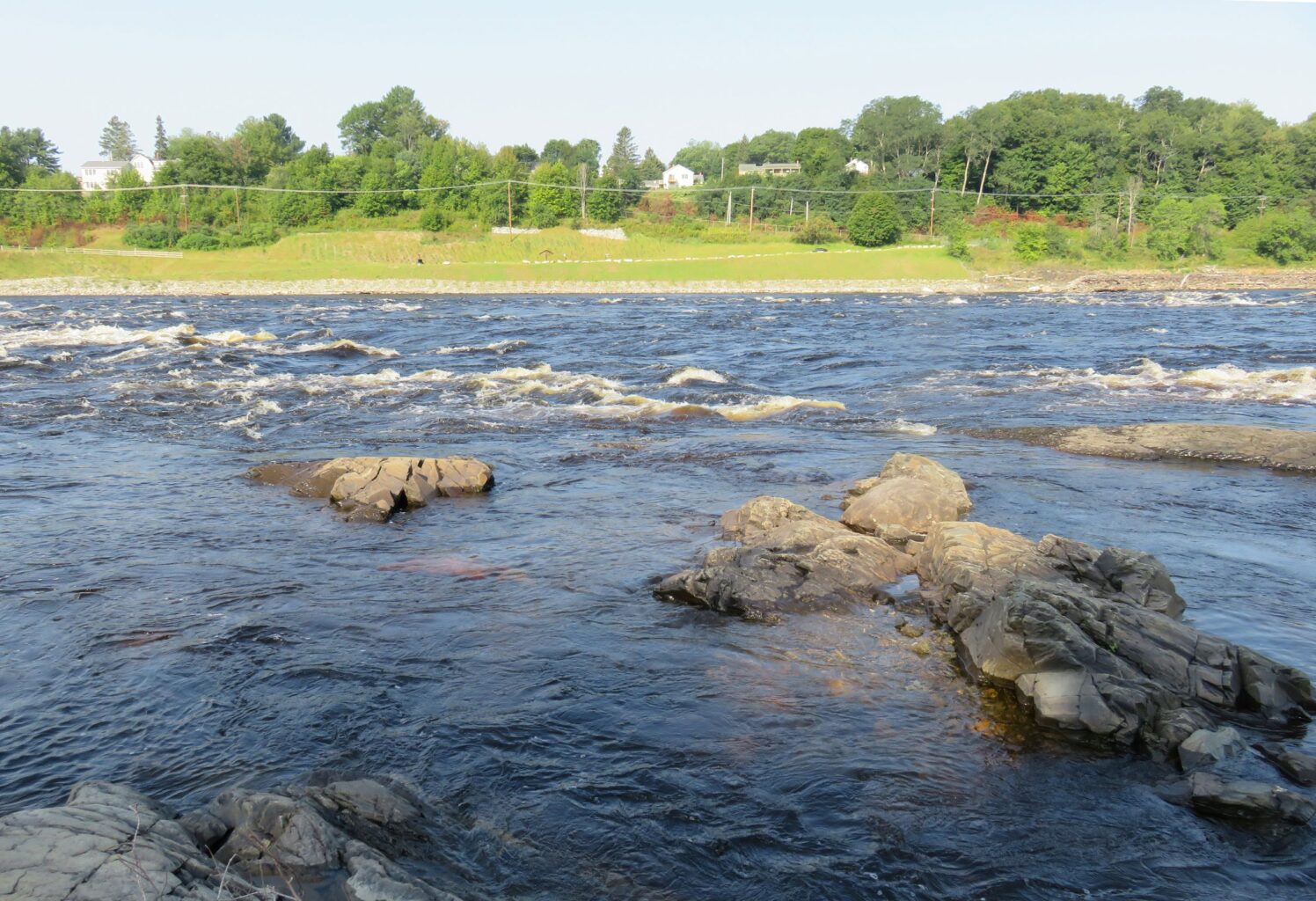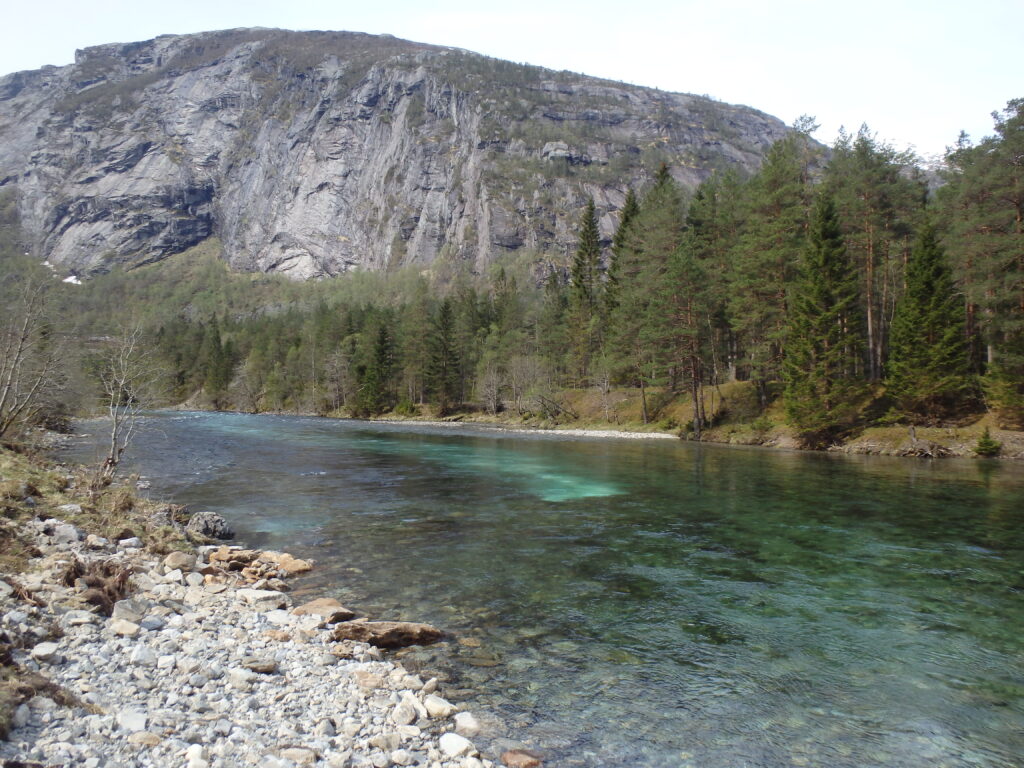Habitat Protection
Habitat Protection and Restoration
Over the last 150 years much salmon habitat has been lost and this must have been a major contributory factor to the decline in wild salmon stocks. Causes include visible factors, such as hydro-electric dams, and the invisible, but highly damaging, impacts of acid rain. There may be physical, chemical or biological impacts on habitat.
The goal for NASCO and its Parties is to maintain and, where possible, increase the current productive capacity of Atlantic salmon habitat and in order to assist achieve this NASCO has developed a Plan of Action for Habitat Protection and Restoration.
The key issues in relation to habitat protection and restoration are to:
- ensure effective implementation of NASCO’s Plan of Action for Habitat Protection and Restoration; and
- enhance sharing and exchange of information on habitat issues and best management practices between NASCO Parties and other relevant international bodies.
The Action Plan requires:
- development of comprehensive plans to protect and restore habitat; and
- establishment of inventories of salmon habitat.
In 2010, NASCO adopted Guidelines for the Protection, Restoration and Enhancement of Atlantic Salmon Habitat. These Guidelines (also available in French) are intended to assist the jurisdictions make further progress in implementing NASCO’s agreements.
While Atlantic salmon continue to face significant challenges, there are examples of habitat restoration and recovery efforts that demonstrate what positive steps can be made.
Habitat Restoration

In response to recommendations from NASCO, the River Dee Trust and Fishery Board in Scotland has undertaken a range of habitat restoration work, including a programme of tree planting in areas of the upper Dee catchment. Planting trees can help fish in many ways: they provide shade, so lowering water temperatures; stabilise riverbanks and prevent erosion; improve the retention of rain water on land, so reducing flooding; help create new areas of habitat and input nutrients into the water by providing leaf litter and larger woody debris.
Clearing the Way
In the United States where the Penobscot River Restoration Project in Maine has brought dramatic change to the second largest river system in New England. A collaborative effort to balance fisheries restoration and hydropower production, the project included the removal of two dams that had blocked fish migrations for more than a century, and the construction of a river-like bypass around a third major dam that fish now use to access areas of habitat that are critical for their reproduction and recovery.


Water Quality
Water pollution is widely reported as one of the main causes of the decline in stocks of Atlantic salmon. In southern Norway, acidified rivers have been mitigated with lime to help improve water quality and restore fish populations. This direct local action is coupled with European nations making agreements to reduce atmospheric emissions of acidifying compounds. In Norway, a total of 23 acidified rivers that were virtually without salmon have been successfully restored through the National liming Programme. Between them, they now support fisheries with a catch in recent years of between 13,000 and 19,000 salmon. Each year, the Norwegian government spends more than €5 million for the liming programme. Recolonisation of salmon has taken place in a number of these rivers.

NASCO’s Resolutions, Agreements and Guidelines
Progress in implementing these Resolutions, Agreements and Guidelines is assessed through the review of Implementation Plans and Annual Progress Reports.
Publications
- NASCO. 2015. Report of the 2015 Theme-based Special Session: Maintaining and improving river connectivity with particular focus on impacts of hydropower (CNL(15)56)
- NASCO. 2003. Report of a 2002 Special Session on Habitat Protection and Restoration, June 2002 (CNL(03)15)
